Introduction
Scallion fish balls, a beloved dish in many Asian cuisines, offer a harmonious blend of delicate fish flavor and the fresh, aromatic kick of scallions. These tender, bouncy orbs are versatile—whether simmered in a comforting broth, pan-fried to golden perfection, or served as a standalone appetizer, they deliver a satisfying culinary experience. While store-bought versions are convenient, crafting them at home allows for complete control over ingredients, texture, and taste. This guide will walk you through every step of creating authentic scallion fish balls, from selecting the freshest fish to mastering the shaping technique. Whether you’re a novice cook or a seasoned home chef, this recipe promises to elevate your skills and impress your guests.
The Culinary Significance of Scallion Fish Balls
Originating from coastal regions where fish is abundant, fish balls have been a staple for centuries. Scallions, or green onions, add a layer of brightness that cuts through the richness of the fish, creating a balance that defines this dish. In modern times, scallion fish balls have transcended cultural boundaries, appearing in fusion dishes, noodle soups, and even as gourmet canapés. Their appeal lies in their simplicity and adaptability—they can be tailored to suit dietary preferences, from gluten-free to low-sodium variations.
Ingredients Breakdown: Quality Matters
The foundation of exceptional fish balls begins with selecting the right ingredients. Here’s what you’ll need:
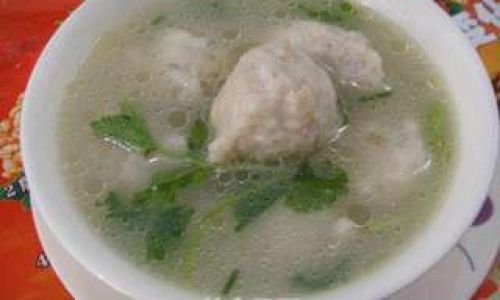
- Fish: Opt for white-fleshed, mild-tasting fish like cod, haddock, or pollack. Freshness is paramount—look for firm flesh, clear eyes, and a mild oceanic scent. Avoid frozen fillets if possible, as they may introduce excess moisture.
- Scallions: Choose crisp, vibrant green scallions with no wilting. The white and light green parts contribute mild onion flavor, while the dark green tops add color and freshness.
- Aromatics and Seasonings: Fresh ginger, garlic, and white pepper enhance the fish’s subtle taste. A pinch of salt and a touch of sesame oil round out the flavor profile.
- Binders: Cornstarch or sweet potato starch ensures the fish paste holds its shape. For a lighter texture, some recipes use egg whites, though this is optional.
- Neutral Oil: For pan-frying, a high-smoke-point oil like vegetable or canola oil works best.
- Broth (for simmering): A light chicken or vegetable stock infuses the fish balls with depth. Alternatively, dashi stock adds umami richness.
Step-by-Step Preparation Guide
Preparing the Fish
- Filleting: Remove skin and bones from the fish. Use a sharp knife to slice along the backbone, then gently lift the flesh away. Discard any remaining bones or dark meat, which can impart a fishy taste.
- Rinsing: Pat the fillets dry with paper towels. Excess moisture will make the paste too soft, leading to fragile fish balls.
- Mincing: Chop the fish into small cubes. For a smoother texture, pulse the fish in a food processor until it resembles a coarse paste. Avoid overprocessing, as this can make the mixture gluey.
Preparing the Scallions
- Cleaning: Rinse the scallions thoroughly under cold water. Trim the roots and any discolored ends.
- Chopping: Finely mince the white and light green parts. Reserve the dark green tops for garnish.
- Sautéing (Optional): For a milder flavor, briefly sauté the scallions in a touch of oil until fragrant. This step is optional but reduces the raw onion bite.
Creating the Fish Paste

- Combining Ingredients: In a large mixing bowl, combine the fish paste, minced scallions, grated ginger, minced garlic, salt, white pepper, and sesame oil.
- Mixing Technique: Use a circular motion with your hand or a spatula to combine the ingredients. The goal is to develop a sticky, elastic consistency without overworking the mixture. Some chefs recommend slapping the paste against the bowl to activate the proteins, enhancing bounciness.
- Testing the Texture: Place a small amount of paste in a bowl of cold water. If it floats, it’s ready; if it sinks, continue mixing.
Shaping the Fish Balls
- Wetting Hands: Dip your hands in cold water to prevent sticking.
- Portioning: Scoop a tablespoon of paste and roll it between your palms to form a smooth sphere. For uniform size, use a cookie scoop or ice cream scoop.
- Indentation Technique: For a traditional “dimple” shape, gently press your thumb into the center of the ball. This helps the fish ball cook evenly.
Cooking Methods
A. Boiling Method
- Simmering: Bring a pot of salted water or broth to a gentle simmer (around 180°F/82°C). Avoid boiling, as this can cause the fish balls to disintegrate.
- Poaching: Gently lower the fish balls into the liquid. Cook for 5-7 minutes until they float to the surface.
- Shocking: Transfer the cooked fish balls to an ice bath to halt cooking. This step firms them up and preserves their texture.
B. Pan-Frying Method
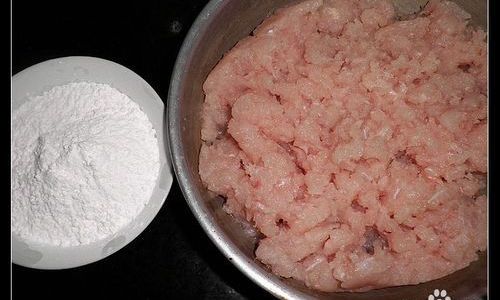
- Heating Oil: Pour enough oil into a nonstick skillet to coat the bottom. Heat over medium heat until shimmering.
- Frying: Add the fish balls in a single layer, leaving space between them. Fry for 3-4 minutes per side until golden brown.
- Draining: Place on a paper towel-lined plate to absorb excess oil.
C. Simmering in Soup
- Broth Base: Prepare a flavorful broth with aromatics like ginger, garlic, and soy sauce.
- Adding Fish Balls: Gently drop the raw fish balls into the simmering broth. Cook for 8-10 minutes until they puff up slightly.
- Garnishing: Sprinkle with reserved scallion greens and a drizzle of sesame oil before serving.
Tips for Perfect Scallion Fish Balls
- Temperature Control: Cold ingredients yield firmer fish balls. Chill the fish paste and tools before shaping.
- Avoid Overmixing: Overworking the paste results in a dense, rubbery texture. Mix until just combined.
- Storage: Uncooked fish balls can be frozen on a baking sheet, then transferred to a freezer bag for up to three months. Cook directly from frozen.
- Troubleshooting: If the mixture feels too wet, add a teaspoon of cornstarch. If too dry, incorporate a splash of ice water.
Creative Variations and Add-Ins
- Spicy Kick: Mix in minced chili peppers or a dash of Sriracha into the paste.
- Herbaceous Twist: Add chopped cilantro, basil, or mint for a fragrant variation.
- Cheese Surprise: Stuff a small cube of mozzarella or cheddar inside each fish ball before cooking.
- Vegan Adaptation: Substitute the fish with heart of palm or jackfruit, and use agar-agar as a binder.
Health and Nutritional Benefits
Scallion fish balls are a nutritious powerhouse. Fish provides lean protein and omega-3 fatty acids, which support heart and brain health. Scallions offer vitamins A and K, along with antioxidants. Compared to red meat-based dishes, fish balls are lower in saturated fat, making them a heart-healthy choice. Opt for low-sodium broth and minimal oil to further enhance their health profile.

Serving Suggestions and Pairings
- Soup Base: Serve in a clear broth with noodles, bok choy, and soft-boiled eggs.
- Appetizer Platter: Pair with a dipping sauce of soy sauce, rice vinegar, and chili oil.
- Stir-Fry: Add cooked fish balls to a vegetable stir-fry for added protein.
- Noodle Bowls: Toss with udon noodles, mushrooms, and a miso-based sauce.
Conclusion
Crafting scallion fish balls at home is a rewarding endeavor that elevates any meal. By focusing on ingredient quality, mixing technique, and cooking precision, you can achieve restaurant-worthy results. Experiment with flavors, textures, and presentations to make this dish your own. Whether enjoyed in a steaming bowl of soup or as a crispy appetizer, these fish balls are sure to become a cherished recipe in your culinary repertoire. So, roll up your sleeves, embrace the process, and savor the satisfaction of creating something truly delicious from scratch.
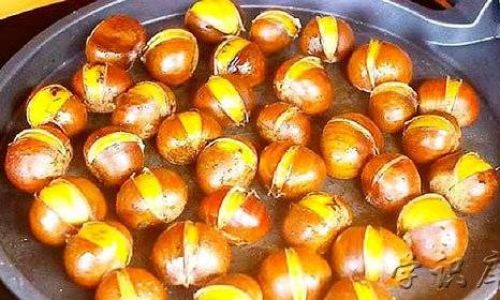

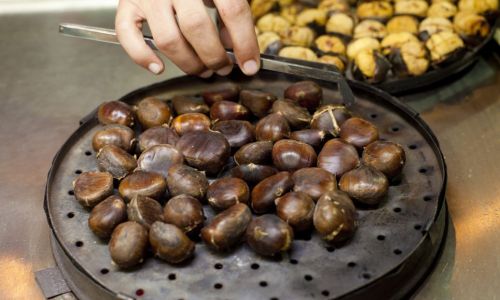
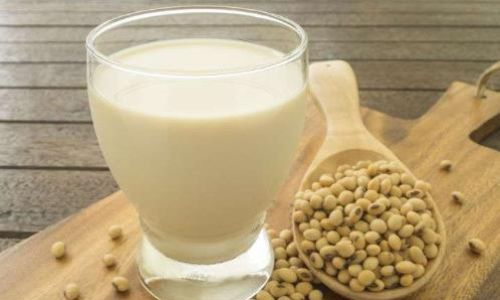
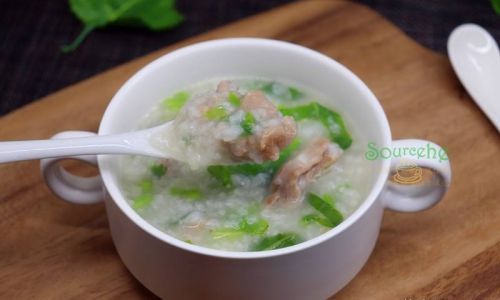

0 comments